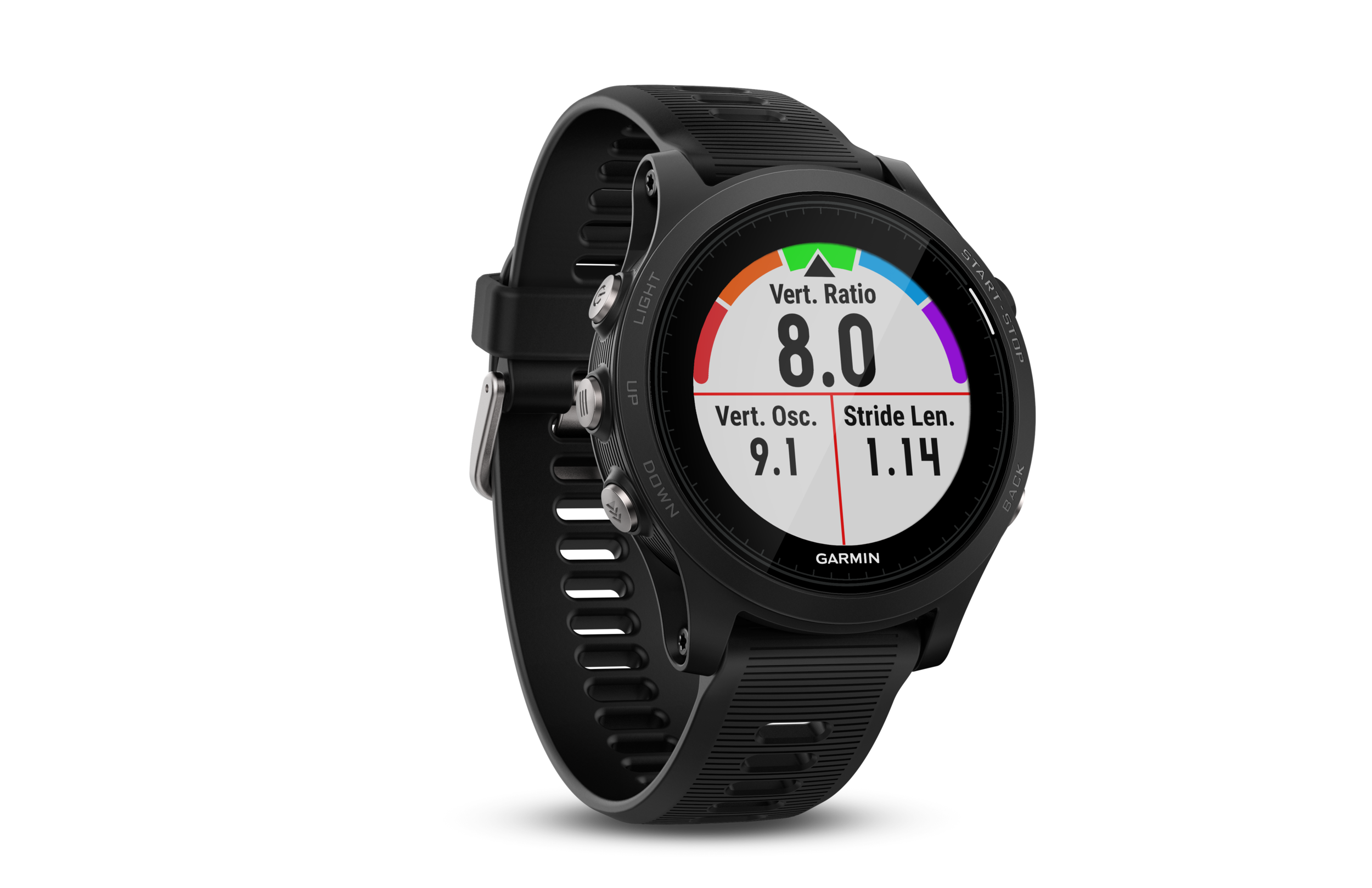Swim drills! Who needs them? Have you ever finished a swim and thought, “How am I going to complete two more legs of this race? I’m exhausted!” Or perhaps you have said, “How did that person beat me out of the water? I am in WAY better shape than they are!” If this sounds familiar, I encourage you to consider adding swim drills to your swim routines as a way to conserve energy expenditure while increasing your speed.
Let’s address three common myths encountered during the triathlete training process.
Myth #1: “I don’t do drills because I want to go fast, and drills just slow me down.”
Okay, Speed Racer! I respect your goal of wanting to lower your swim time. However, I challenge you to answer a question. Do you want to feel fast or do you want to be fast? There is a huge difference between these two things. Unfortunately, moving your arms and legs faster doesn’t always equal faster swim times. More times than not, it just means trading a lot of energy for nothing of value.
Myth #2: “I don’t kick because I need my legs for the bike and run. Why would I practice swim drills involving so much kicking?”
This philosophy leads to what I fondly refer to as the sinking leg syndrome. Just as the name suggests, this is when you drag your legs through the water to conserve energy. If you’re thinking that those epic triathlete leg muscles will effortlessly glide behind as you avoid all physical exertion from the waist down, I’m sorry to say that your race plan may be a bit flawed. Here’s the fun fact! Muscle naturally sinks in the water and fat floats. What’s the bottom line? An efficient triathlon stroke requires the elimination of drag. If your legs are dragging through the water, the overall energy you’re expending is greater than if you learned how to counterbalance your body while adding a small, steady kick to keep your body on top of the water. You may be asking, “How do I learn to do that?” So glad you asked. My answer, “Drills, drills and more wonderful drills!” 😊
Myth #3: “I have to move my arms and legs fast to keep my body on top of the water.”
Many swimmers avoid drills like the plague because they currently have to move their arms and legs super fast just to stay on top of the water. The beautiful thing about intentionally slowing down your stroke is that this process reveals stroke weaknesses that need to be corrected. Just like babies must crawl before they walk, swimmers must lay a foundation for their stroke by going slowly before they can go fast. If the underlying issues with your stroke are not corrected, you will always exert more energy than needed and your speed will ultimately plateau.
Take time to review and implement the fundamental drills associated with this article. If you’re a DIY (Do It Yourself) triathlete, practice the drills to improve your stroke technique. However, if you want help diagnosing stroke challenges or would like to accelerate your progress, contact your local Playtri to schedule a session with a swim specialist. We are here to help you achieve your epic goals!
Watch Coach Beth’s Recommended Swim Drills here: Playtri TV
🏊🏻♀️🏊🏼♂️ Just Keep Swimming! 🏊🏻♀️🏊🏼♂️
~ Coach Beth Jones























